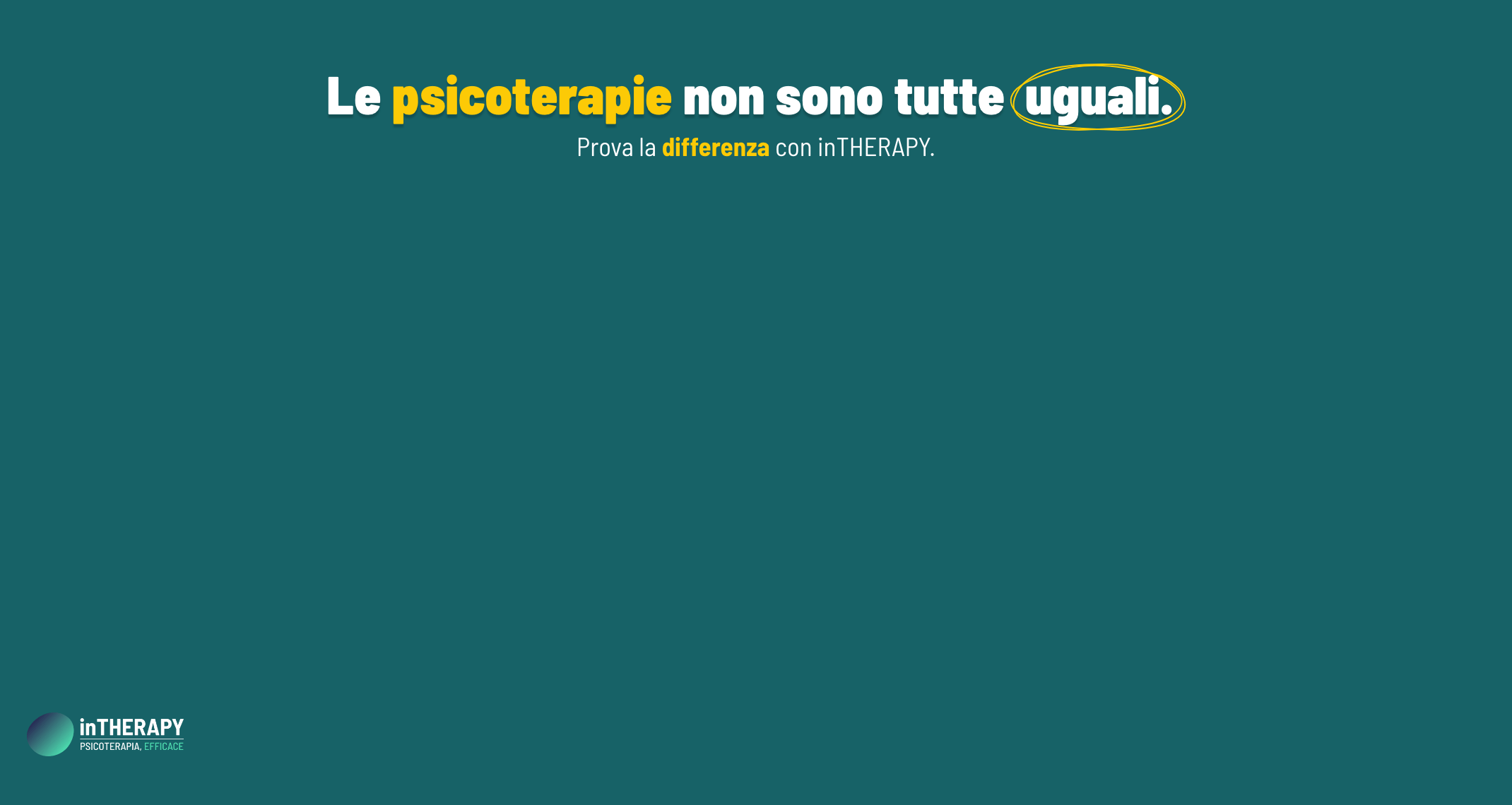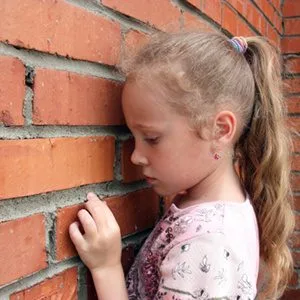 Researchers have investigated the familial aggregation of anxiety disorders using both top-down and bottom-up methodologies. Top-down studies investigate the children of anxious parents while bottom-up studies investigate the parents of anxious children. I will review a few studies from each methodology.
Researchers have investigated the familial aggregation of anxiety disorders using both top-down and bottom-up methodologies. Top-down studies investigate the children of anxious parents while bottom-up studies investigate the parents of anxious children. I will review a few studies from each methodology.
Several studies have examined the familial aggregation of anxiety using top-down methodology. Turner, Beidel and Costello (1987) used the Anxiety Disorders Interview Schedule (ADIS) and the Children Assessment Schedule (CAS) to measure the mental state of 16 children of mothers with an anxiety disorder, 14 children of mothers with dysthymia and 29 children of mothers with no history of mental illness.

Children were between the ages of seven and 12 years. Based on the CAS, compared to both comparison groups of children (i.e. dysthymic and healthy controls), the children of anxious mothers had more anxious and fearful symptoms, more school difficulties, worried more about their family and themselves, and engaged in more solitary activities. The results also demonstrated that children of anxious mothers (44%) were seven times more likely to meet criteria for an anxiety disorder than children of dysthymic parents (21%) and healthy controls (9%).
Beidel and Turner (1997) examined the children of parents with anxiety (n = 28), depressive (n = 24), mixed anxiety/depressive (n = 29) and no psychiatric disorders (n = 48) using semi-structured interviews. The results showed that the children of all three psychopathology groups were more likely to have a diagnosable disorder (including anxiety disorders) than children of healthy control parents.
When examining anxiety specifically, children of anxious parents were more likely to have only anxiety disorders. The children of depressed or comorbid parents were more likely to have a variety of disorders (e.g. depression, panic).
Merikangas, Dierker and Szatmari, (1998) examined psychopathology in the offspring (age seven to 18 years) of three groups of probands: 1) anxious (n = 36); 2) substance disorder (n = 56); 3) healthy controls (n = 35). Diagnoses were made using the Schedule for Affective Disorders and Schizophrenia Interview (SADS) (Endicott & Spitzer, 1978).
The results showed that the offspring of probands with an anxiety disorder had higher rates of anxiety disorders compared to offspring of the substance disorder and control probands. Interestingly, of the 36 proband parental groups with an anxiety disorder, 6.9% of the children had a diagnosis of social phobia, compared to 1.3% of the substance disorder group and 0.0% of the control group.
Based on these three studies, psychopathology and anxiety disorders appear to run in families. In the next segment of this series we will look at additional studies investigating the familial aggregation of psychopathology and anxiety disorders.
ATTACHMENT SERIES – ANXIETY DISORDERS
REFERENCES:
- Beidel, D., & Turner, S.M. (1997). At risk for anxiety: I. psychopathology in the offspring of anxious patients. Journal of the Academy of Child and Adolescent Psychology, 36, 918 – 924
- Merikangas, K.R., Dierker, L.C., & Szatmari, P. (1998). Psychopathology among offspring of parents with substance abuse and/or anxiety disorders: a high risk study. Journal of Child Psychology and Psychiatry, 39, 711 – 720.
- Turner, S.M., Beidel, D.C., & Costello, A., (1987) Psychopathology in the offspring of anxiety disorder patients. Journal of Consulting and Clinical Psychology, 55, 29 – 235.


